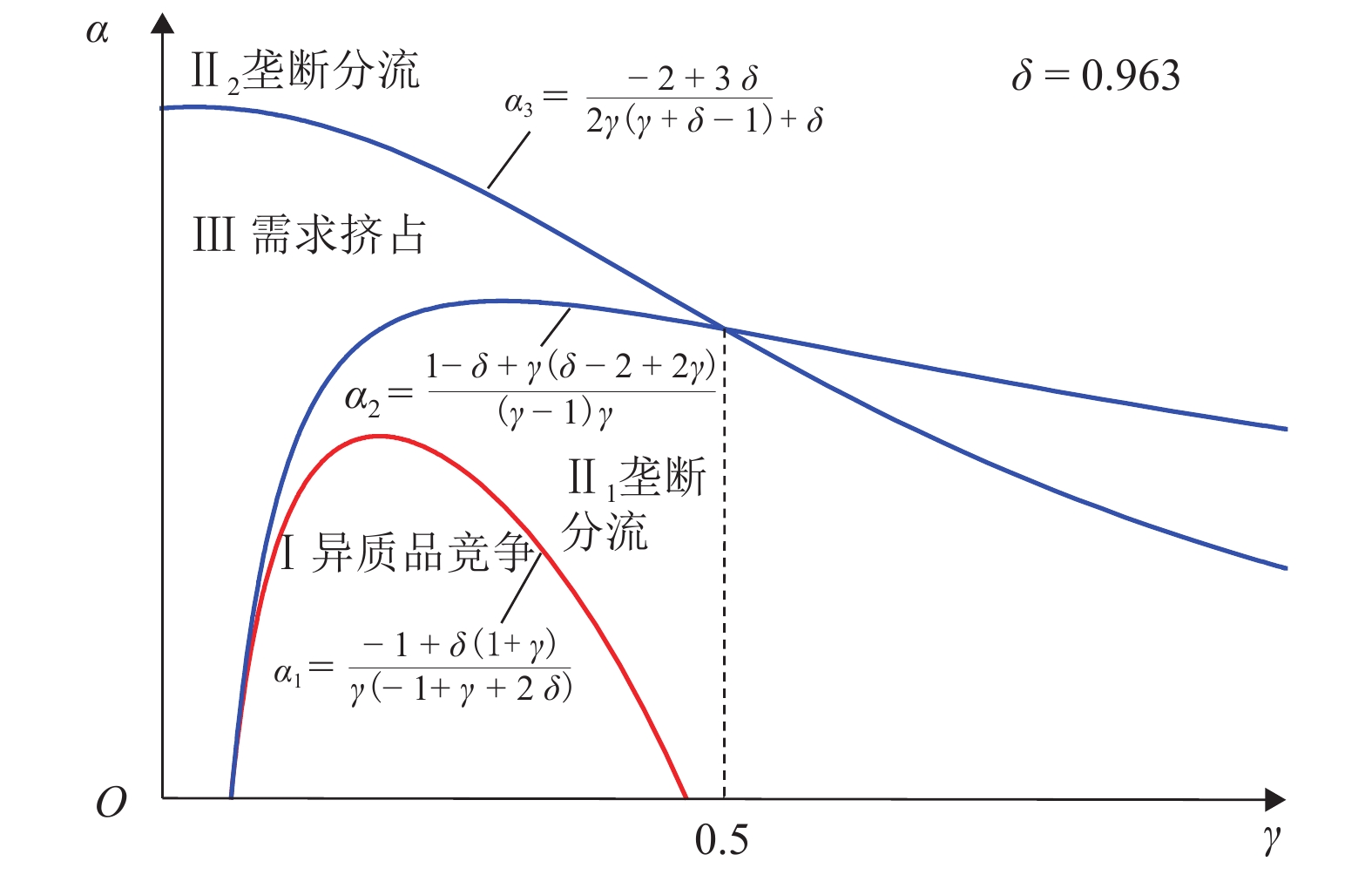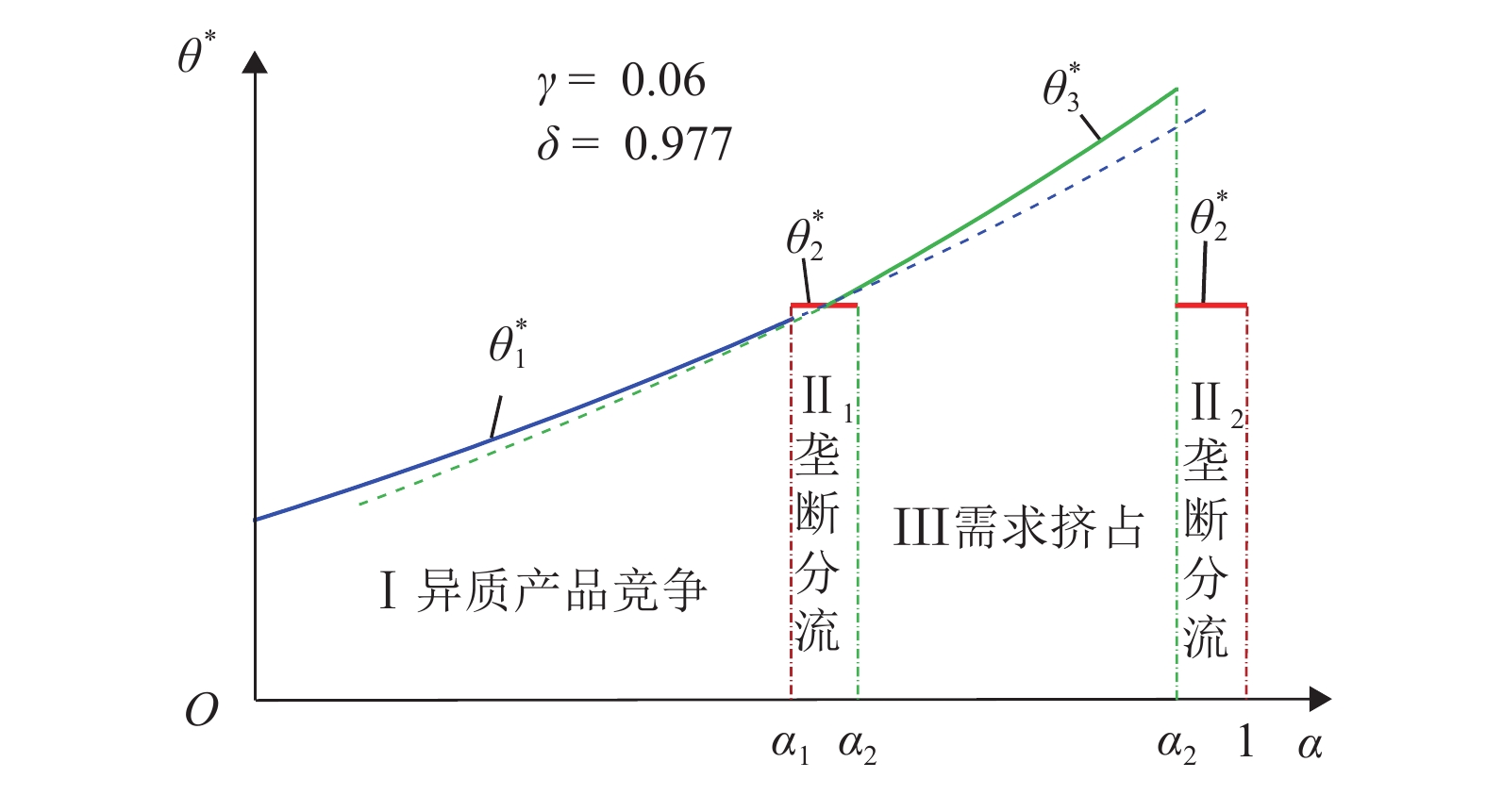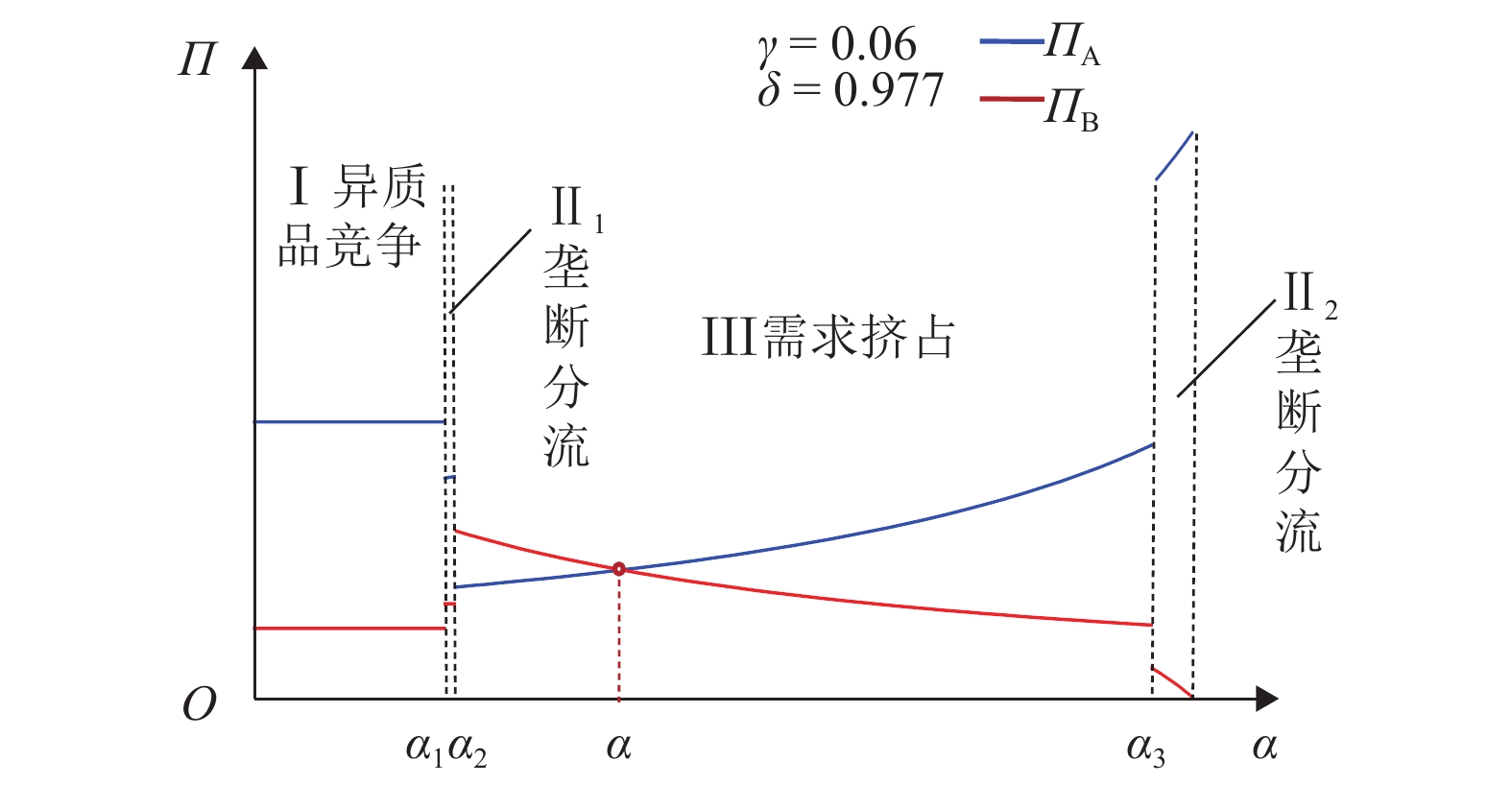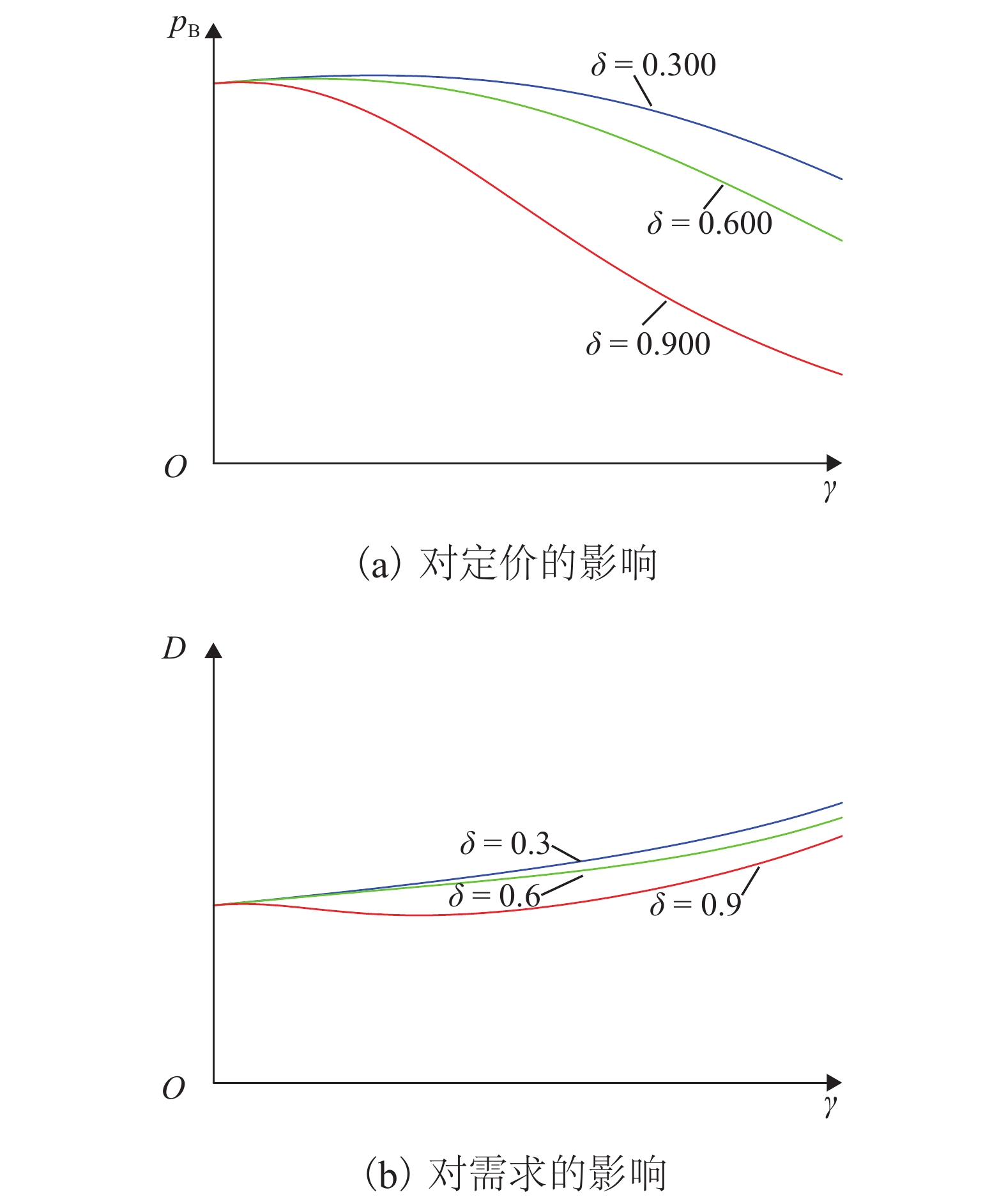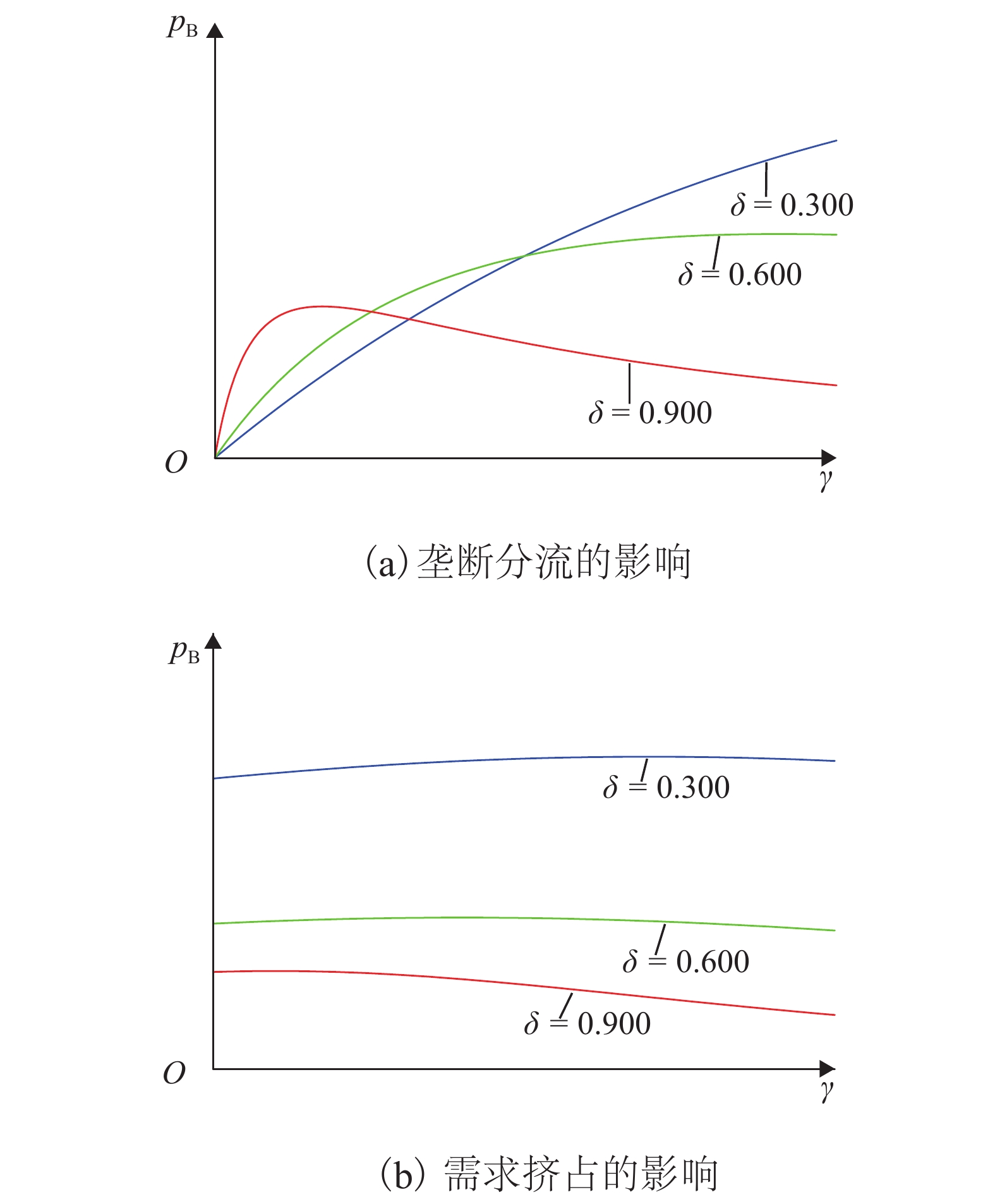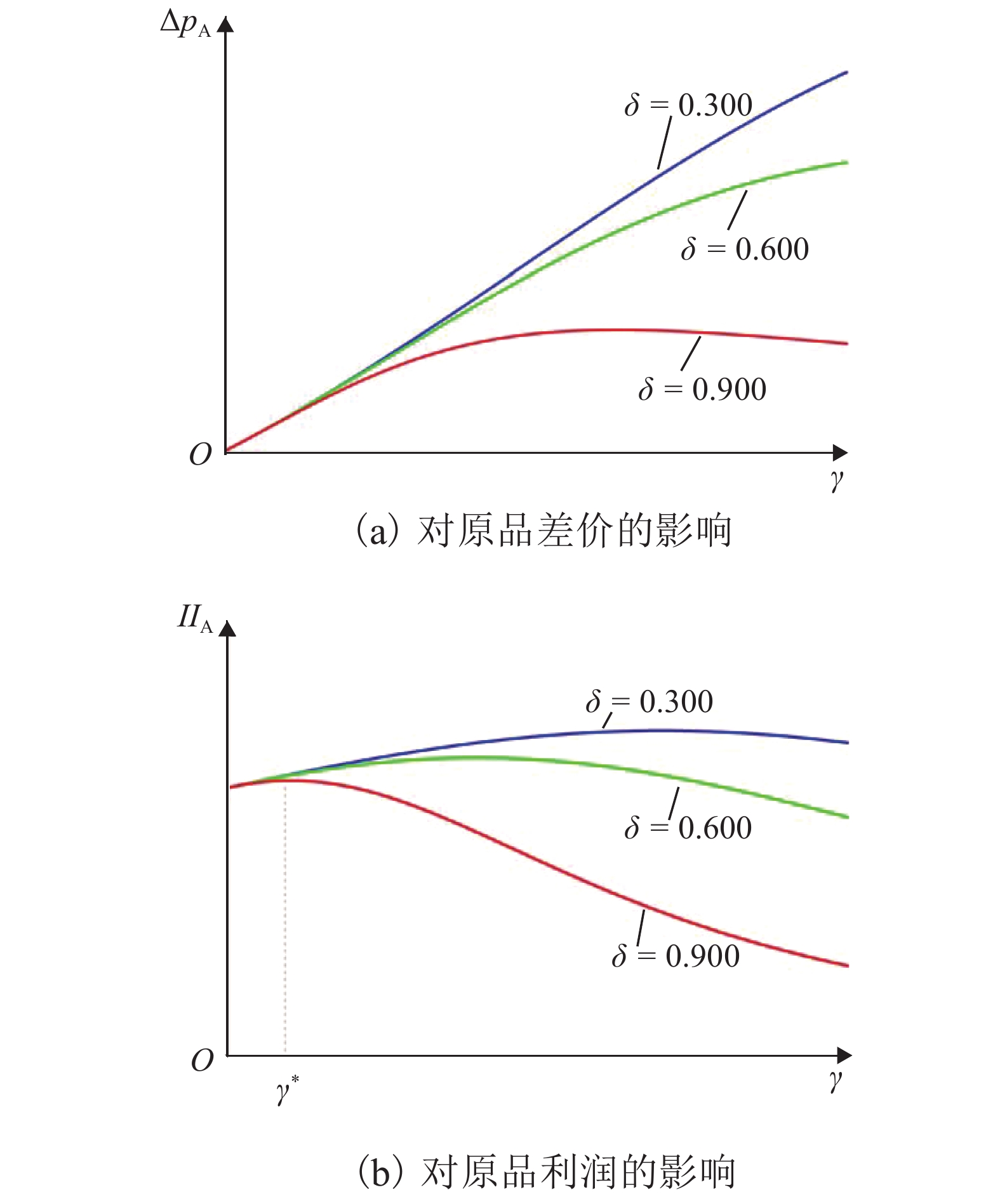Pricing and Quality Decisions of Follower Brands in Presence of Brand Loyalty
-
摘要: 国际知名时尚品牌通常以其较高的质量和独特的文化价值吸引和培育众多忠诚顾客,国内同类本土品牌在追随时面临顾客黏性以及策略性消费行为的影响,如何突破既有的壁垒,吸引策略型顾客购买性价比高的本土品牌产品成为了重要课题. 为此,基于时尚产品价值衰减的假设,构建了两周期竞争企业的策略性博弈模型,分析了追随企业该如何决策追随品的质量与价格. 研究表明:原品顾客忠诚度越高,对其需求越有利,但对其利润却不总是有利;给定原品贬值程度,若消费者策略性较弱,追随品的利润反而可能随原品忠诚度递增,这是因为追随品价格随顾客忠诚度递增的正效应大于市场需求随之递减的负效应,促使追随品利润递增;作为追随品,收益并不是随与原品的相似度单调递增,应当保留一定程度的品牌原创性才能实现利润最大化.Abstract: International famous fashion brands usually attract and cultivate many loyal customers with their high quality and unique cultural value. Thus, domestic follower brands have to be confronted with the effect of customer stickiness and strategic behavior. How to break through the existing barriers and attract strategic customers to buy cost-effective follower brands has become an important issue. On the basis of the assumption that fashion products have certain value depreciation, a strategic game model of competitive firms in two-period, is built to analyze how follower businesses decide their product quality and price. It is found that high brand loyalty is benefit to the leader demand, but may be adverse to its profit. Furthermore, given the value depreciation, if the strategic behavior is weak, the followers’ profit may increase with the brand loyalty. The reason is that the positive effect of follower price increasing with customer loyalty is greater than the negative effect of market demand decreasing with it, which promotes the increase of follower brand profit. In addition, a follower’s profit does not monotonically increase with its product similarity; thus it is essential for a follower to own a certain degree of brand originality in order to maximize profits.
-
Key words:
- customer loyalty /
- customers strategic behavior /
- product similarity
-
表 1 符号说明
Table 1. Summary of notations
符号 含义 ${p_i}$ 即产品 $i$ 的售价,$i = {\rm{A}},{\rm{B}}$ $\gamma $ 产品 A 在第 2 期的折价,$\gamma \in \left[ {0,1.00} \right]$ $\theta $ 产品 B 与产品 A 的相似度,$\theta \in \left[ {0,1} \right]$ $v$ 消费者对产品的估价,$v \sim U\left[ {0,1} \right]$ $\delta $ 顾客策略程度,$\delta \in \left( {0,1.000} \right]$ $\alpha $ 品牌忠诚度,$\alpha \in \left[ {0,1} \right]$ ${Q_{ij}}$ 产品 $i$ 在第 $j$ 期的需求,$i = {\rm{A}},{\rm{B}}$,$j = 1,2$ ${\varPi _i}$ 产品 $i$ 的利润,$i = {\rm{A}},{\rm{B}}$ -
李春玲,李玲. 中国奢侈品行业分析[J]. 商业经济,2015(9): 29-30. doi: 10.3969/j.issn.1009-6043.2015.09.013 李朋. 中国发展本土奢侈品牌之路的思考[D]. 北京: 北京林业大学, 2009: 5-14 张永凯. 企业技术创新模式演化分析:以苹果、三星和华为为例[J]. 广东财经大学学报,2018,33(2): 54-61.ZHANG Yongkai. An evolutionary analysis of corporate technology innovation models:case studies on Apple,Samsung and Huawei[J]. Journal of Guangdong University of Finance and Economics, 2018, 33(2): 54-61. 冯琛,袁雯竹,孙绍光. 技术创新对企业竞争优势的推动作用——苹果与华为的对比分析[J]. 时代经贸,2017(9): 40-43. SYAHLANI S P, RAHMADI P N, HARYADI F T. Brand evaluation and consumers' preference towards pioneer and follower brands:empirical study on dairy products[J]. Journal of Animal Production, 2011, 13(2): 108-114. YOSHIDA O, NISHI T. Replacement of leader-follower relation in multi-period supply chain planning under demand uncertainty[C]//International Symposium on Flexible Automation. [S.l.]: IEEE, 2016: 192-197. 张新鑫,申成霖,侯文华. 考虑竞争者进入威胁的易逝品动态定价机制[J]. 管理科学学报,2016,19(10): 34. doi: 10.3969/j.issn.1007-9807.2016.10.003ZHANG Xinxin, SHEN Chenglin, HOU Wenhua. Dynamic pricing for perishable product considering the threat of entry and consumer behaviors[J]. Journal of Management Science and Engineering, 2016, 19(10): 34. doi: 10.3969/j.issn.1007-9807.2016.10.003 CHELLAPPA R K, SHIVENDU S. Managing piracy:pricing and sampling strategies for digital experience goods in vertically segmented markets[J]. Information Systems Research, 2005, 16(4): 400-417. doi: 10.1287/isre.1050.0069 WU S Y, CHEN P Y. Versioning and piracy control for digital information goods[J]. Operations Research, 2008, 56(1): 157-172. doi: 10.1287/opre.1070.0414 LAHIRI A, DEY D. Effects of piracy on quality of information goods[J]. Management Science, 2013, 59(1): 245-264. doi: 10.1287/mnsc.1120.1578 AKCAY Y, NATARAJAN H P, XU S H. Joint dynamic pricing of multiple perishable products under consumer choice[J]. Management Science, 2010, 56(8): 1345-1361. doi: 10.1287/mnsc.1100.1178 AVIV Y, PAZGAL A. Optimal pricing of seasonal products in the presence of forward-looking consumers[J]. Manufacturing & Service Operations Management, 2008, 10(3): 339-359. 曹忠鹏,周庭锐,陈淑青. 关系质量对顾客忠诚及口碑影响效果的实证分析[J]. 预测,2009,28(2): 9-15. doi: 10.3969/j.issn.1003-5192.2009.02.002CAO Zhongpeng, ZHOU Tingrui, CHEN Shuqing. Effect of relationship quality on customer loyalty and word of mouth[J]. Forecasting, 2009, 28(2): 9-15. doi: 10.3969/j.issn.1003-5192.2009.02.002 张新鑫,申成霖,侯文华. 考虑顾客行为和成员风险规避性的供应链收益共享契约的设计与协调[J]. 预测,2015,34(1): 70-75.ZHANG Xinxin, SHEN Chenglin, HOU Wenhua. Decision models and coordination for supply chain under strategic[J]. Forecasting, 2015, 34(1): 70-75. CACHON G P, SWINNEY R. The value of fast fashion:quick response,enhanced design,and strategic consumer behavior[J]. Management Science, 2011, 57(4): 778-795. doi: 10.1287/mnsc.1100.1303 LIANG C, CAKANYILDIRIM M, SETHI S P. Can strategic customer behavior speed up product innovation?[J]. Production & Operations Management, 2018, 27(8): 1516-1533. ZHOU E, ZHANG J, GOU Q, et al. A two period pricing model for new fashion style launching strategy[J]. International Journal of Production Economics, 2015, 160: 144-156. doi: 10.1016/j.ijpe.2014.10.008 HA A, TONG S, ZHANG H. Sharing demand information in competing supply chains with production diseconomies[J]. Mathematics of Operations Research, 2011, 57(3): 566-581. -





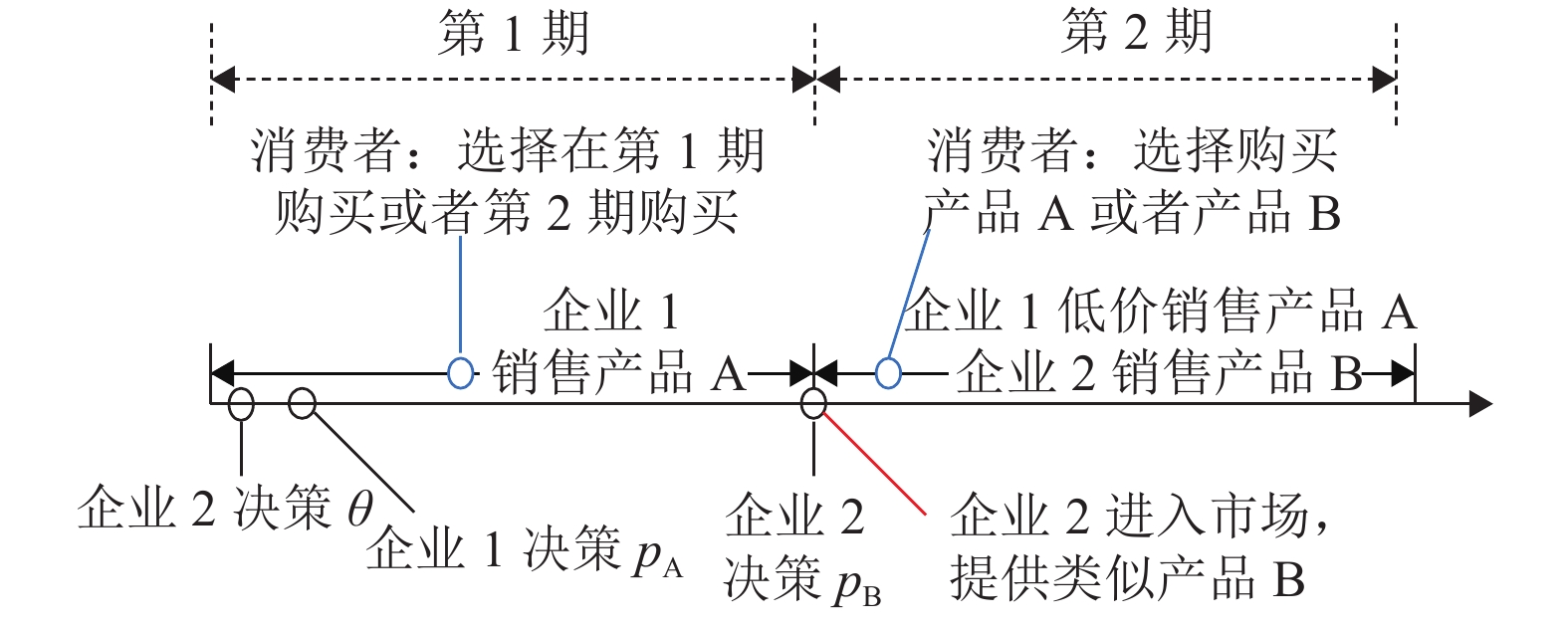
 下载:
下载:
